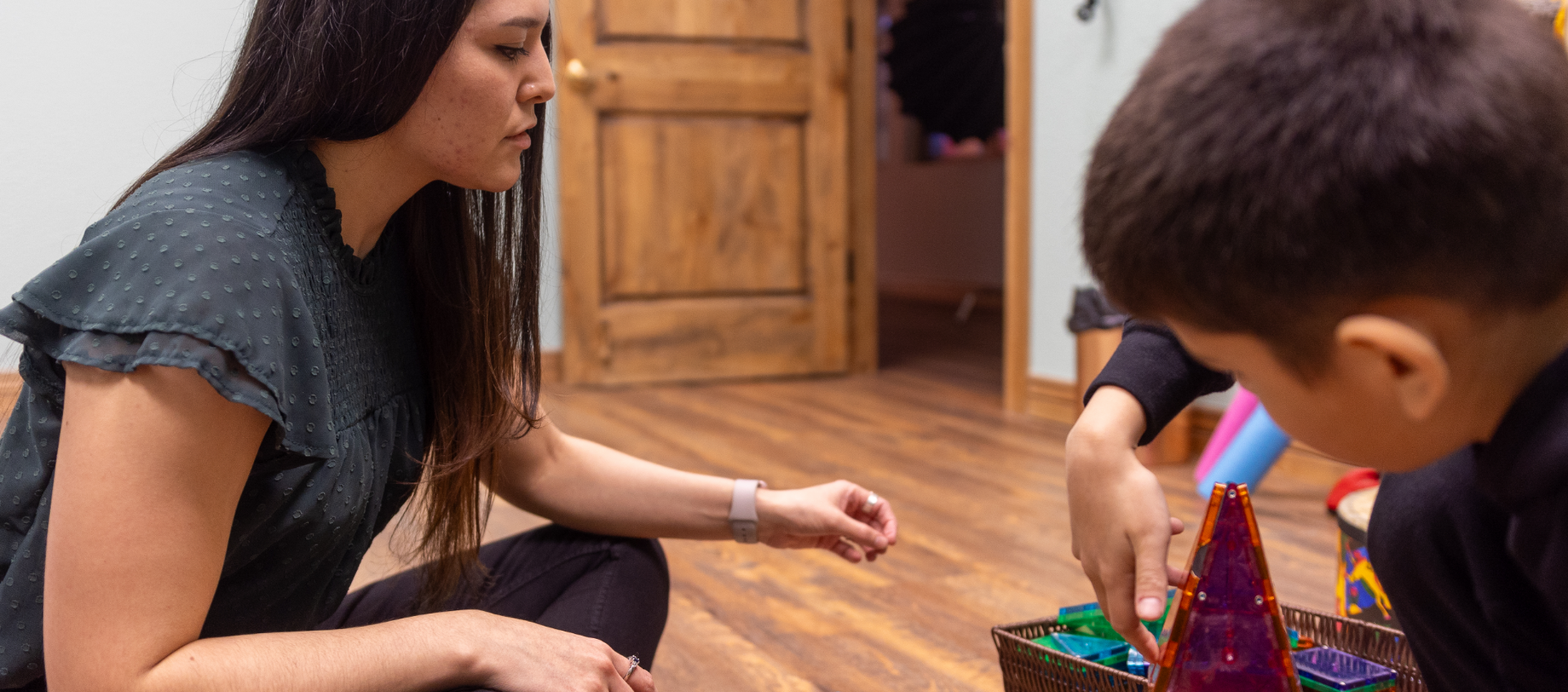
Play
Therapy
Play therapy utilizes play and imagination, A child’s natural form of expression, to help them express their feelings more easily through toys instead of words.


Play therapy utilizes play and imagination, A child’s natural form of expression, to help them express their feelings more easily through toys instead of words.

Not only can play therapy provide insight through observation, but a trained and licensed
professional can help the child explore emotions that children typically are not
able to articulate on their own.
Many different types of people can benefit from play therapy, though typically used for children between ages of 3-12.
Play Therapy may be helpful when undergoing these type of circumstances and beyond:
Play therapy can encourage the use of language, fine and gross motor skills, but the potential benefits don’t stop there:


Play therapy may look like an ordinary playtime, yet it is much more than that. A mental health professional uses a child’s play to observe and gain insights into what areas they may need extra help in. As a norm, there may be a communication gap between children and adults.
Depending on the age and stage of development, children simply don’t have the language skills of adults. When not taught healthy communication, children may act out in order to attempt to get their needs met. Often, adults may misinterpret these verbal and nonverbal cues of children as being ‘bad’. We see a child’s misbehavior as the symptom of an underlying problem.
We need to find the root of their behavior issue so we can guide the child to be able to express their needs in a more appropriate way. Play therapy connects children to learning a variety of new skills and redirects ineffective behaviors and replaces them with more appropriate behaviors to assist them during conflicts or trying times. One reason I’ve always loved the quote “My Work is Child’s Play”.
Some examples may include:

